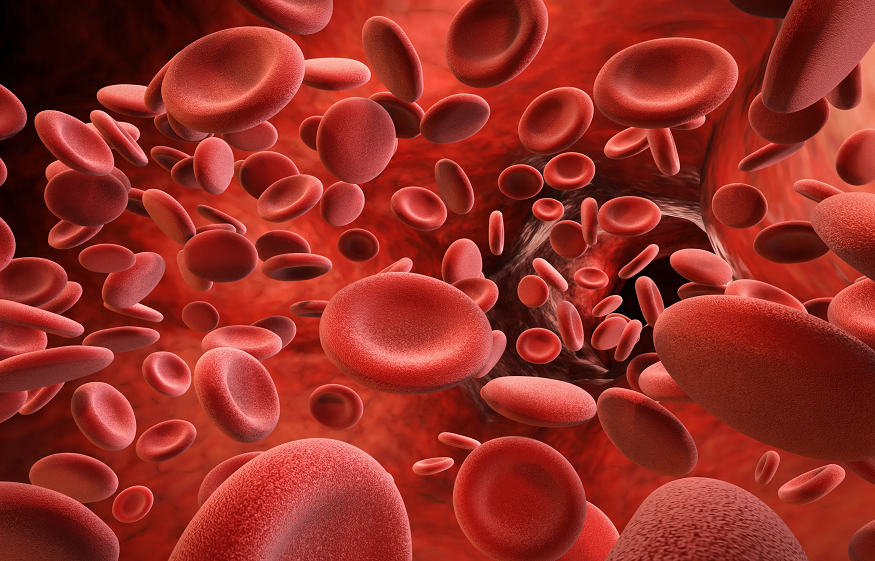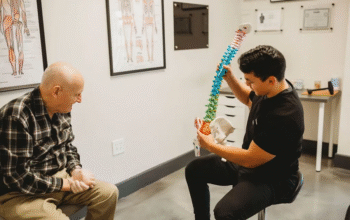In the relentless pursuit of athletic excellence, every marginal gain matters. From meticulously crafted training regimens to precision nutrition, athletes and fitness enthusiasts are constantly seeking an edge that can unlock their full potential. Amidst this quest, a seemingly simple garment has emerged as a powerful tool:DFND Compression Shorts for Training. Far more than just tight-fitting apparel, these garments is engineered with a specific purpose – to enhance the body’s physiological processes, most notably by improving blood flow andimproving oxygen delivery helps to open the path for maximum performance.
The science behind compression shorts taps into fundamental principles of human physiology. By applying targeted pressure to the muscles, they create an environment conducive to more efficient circulation, reduced muscle oscillation, and quicker recovery. This symbiotic relationship between material science and biological function transforms a basic piece of sportswear into a critical asset for anyone serious about pushing their physical boundaries.
The Foundation: Understanding Blood Flow and Oxygen’s Role
To truly appreciate the power of compression shorts, it’s essential to understand the vital role of blood flow and oxygen in athletic performance. Our muscles are like intricate engines, and oxygen is their primary fuel. During exercise, particularly intense activities, muscles demand a surge of oxygenated blood to produce energy (ATP) through aerobic respiration.
Concurrently, metabolic byproducts, such as lactic acid, accumulate. Efficient blood flow is not only crucial for delivering fresh oxygen and nutrients but also for rapidly removing these waste products, preventing fatigue and muscle soreness. When blood flow is compromised, muscles become starved of oxygen, energy production falters, and performance inevitably declines. This is where compression shorts begin to make their significant impact.
The Mechanism: Targeted Pressure for Enhanced Circulation
The foundation of compression shorts is the use of graded compression. The shorts thus apply different pressures, usually largest near the distal sections of the limbs (e.g., thighs) and progressively less towards the torso. This perfectly adjusted pressure helps the venous system return deoxygenated blood back to the heart like a soft, outside pump.
By improving venous return, compression shorts achieve several key benefits:
- Reduced Blood Pooling: Gravity naturally causes blood to pool in the lower extremities during activity. Compression helps counteract this, ensuring blood continues to circulate efficiently.
- Faster Waste Product Removal: With more efficient venous return, metabolic byproducts like lactic acid are flushed out of the muscles more quickly, delaying the onset of fatigue and promoting faster recovery between intense bouts of activity.
- Improved Arterial Flow: While primarily aiding venous return, some research suggests that the optimized pressure can also improve arterial blood flow, ensuring a more consistent supply of oxygen and nutrients to the working muscles.
This enhanced circulation means that muscles are consistently fueled with fresh oxygen and nutrients, enabling them to perform at a higher intensity for longer durations.
Oxygen Delivery: Fueling the Fire
The direct consequence of improved blood flow is enhanced oxygen delivery to muscle tissue. As the heart pumps oxygen-rich blood through the arteries, compression shorts ensure that this vital fuel reaches the capillaries surrounding muscle fibers with greater efficiency.
More oxygen means:
- Greater Aerobic Capacity: Muscles can sustain aerobic energy production for longer, delaying the reliance on anaerobic pathways which lead to rapid fatigue. This translates to improved endurance for runners, cyclists, and team sport athletes.
- Increased Power Output: Well-oxygenated muscles are capable of generating more force and power, benefiting athletes in explosive activities like jumping, sprinting, and weightlifting.
- Reduced Muscle Fatigue: By maintaining optimal oxygen levels and swiftly removing waste, compression shorts help mitigate the factors that contribute to muscle fatigue, allowing for more repetitions, longer sets, or extended periods of high-intensity effort.
In essence, compression shorts help ensure that your muscles are always receiving the premium fuel they need to operate at their peak, minimizing the performance-limiting effects of oxygen deficit.
Conclusion: A Small Garment, A Big Impact
Compression shorts represent a compelling example of how scientific understanding can be translated into practical tools for human enhancement. By intelligently manipulating blood flow and optimizing oxygen delivery, these garments directly impact the physiological processes that underpin athletic performance.They improve power production, speed recuperation, enable consistent effort, and even help with body awareness. In the ever-evolving landscape of sports science and athletic preparation, compression shorts stand out as a testament to the power of targeted engineering, transforming a simple piece of clothing into a vital component for anyone striving for peak performance.




